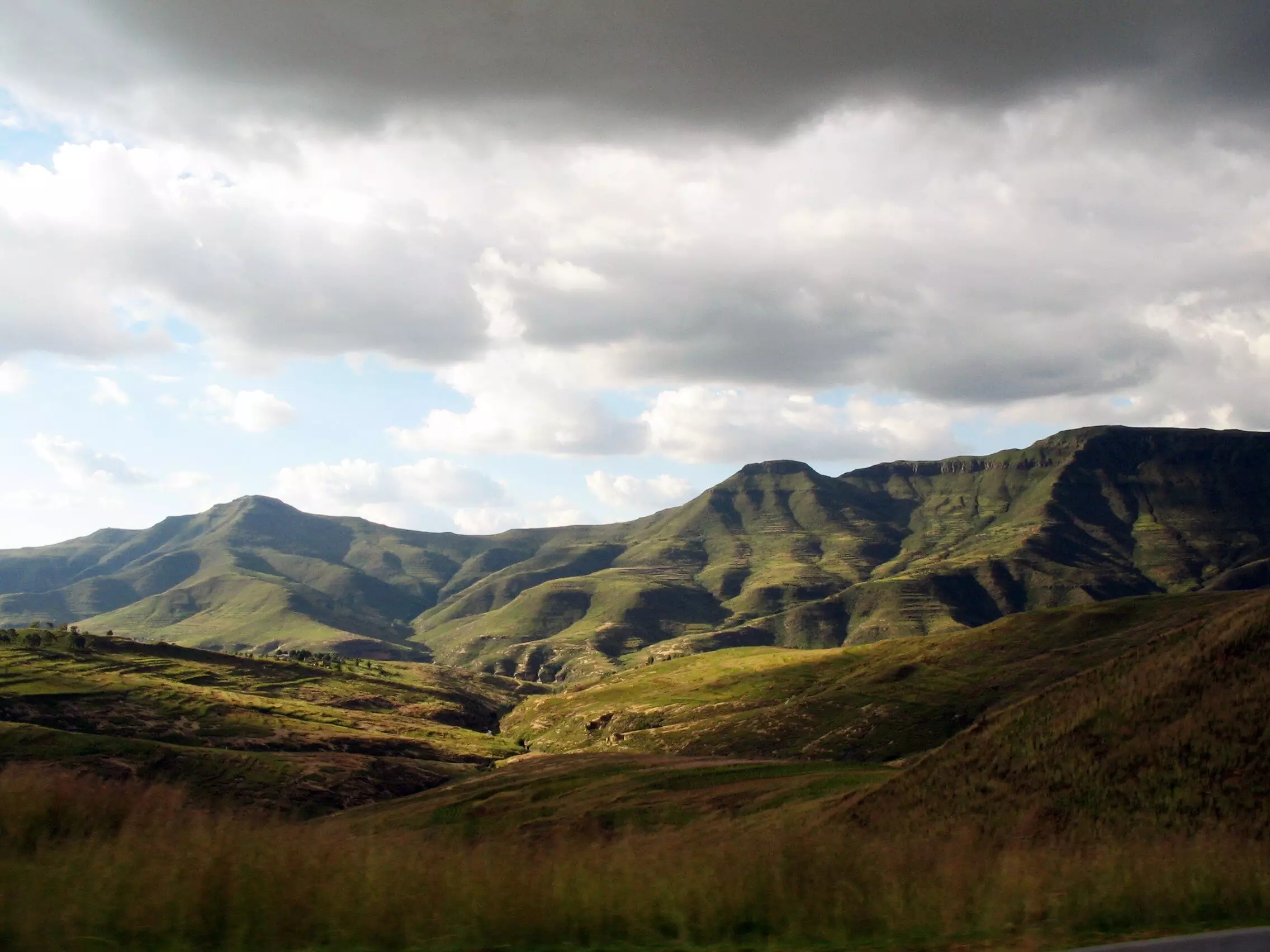The Earth’s surface is in a constant state of flux, shaped by the intricate processes of plate tectonics. Among the most captivating phenomena associated with these processes are the gradual uplifts of what were once considered “stable” continental regions. Recent research spearheaded by scientists at the University of Southampton has taken significant strides toward deciphering why and how these uplands manifest. The research probes deep into the origins of prominent topographic features like escarpments and plateaus, transforming our understanding of continental dynamics.
For years, scholars have wrestled with the question of how internal portions of continents sustain vertical movements and erosion even when they appear firmly rooted within stable frameworks. Tom Gernon, a leading figure in the Southampton study, identified the necessity of understanding this enigmatic relationship between continental stability and the dynamic forces at play during tectonic rifting. The research delves into the mechanisms behind the formation of elevated structures, suggesting that the rupture of tectonic plates initiates powerful seismic waves that ripple through the Earth’s mantle, triggering significant land elevation—sometimes exceeding one kilometer.
The Role of Tectonic Forces
This groundbreaking inquiry highlights the pivotal interplay between tectonic forces and the landscape’s evolution. Traditionally, the focus has been on the steep topographies, such as the Great Escarpments of South Africa, which are formed along rifted edges of continents. However, the Southampton team’s collaborative work with the Helmholtz Centre Potsdam reveals an unforeseen connection: the internal areas of the continents undergo substantial changes due to the same forces that produce these dramatic escarpments. This raises an intriguing possibility about the interconnectedness of various landforms across extensive distances.
By employing advanced computational models and extensive statistical analyses, researchers uncovered new insights into the timing and mechanics of continental rifting. They discovered that upon the separation of tectonic plates, stresses in the continental crust create massive waves within the asthenosphere, the semi-fluid layer beneath the rigid outer crust. Professor Sascha Brune describes these waves as analogous to ripples spreading across the surface, stirring the foundational layers of continental structures and altering their equilibrium. The imprint of these mantle movements is profound, influencing not only the physical landscape but also processes like erosion and sediment deposition.
One of the compelling outcomes of the research is the correlation between the mantle wave speeds and the timing of major erosion events in landscapes, particularly observed in Southern Africa post-Gondwana’s fragmentation. The study posits that the formation of Great Escarpments—steep cliffs that dominate the edges of rift valleys—parallels processes observed today in regions like the East African Rift. Essentially, the same geological structure that initiates a rift also influences the uplift of nearby, distant land features, creating a complex tapestry of geological evolution.
The Concept of Isostasy
Central to this exploration is the idea of isostasy, which refers to the equilibrium that exists between the Earth’s crust and the denser mantle below it. Much like a hot-air balloon that rises when it sheds unnecessary weight, continental regions experience uplift as they lose significant amounts of subsurface rock material. The Roland-Able elucidate how this principle applies to cratonic regions—historically viewed as stable and unchanging—further challenging established assumptions within geological science.
Implications of the Findings
The ramifications of these findings extend beyond mere geological curiosity. Dr. Steve Jones emphasizes that the convective systems initiated by continental rifting can directly influence Earth’s surface topography and resource distribution, impacting ecosystems and human settlements alike. The evidence presented by the Southampton team provides a paradigm shift in understanding how continental dynamics extend their reach to core layers, reshaping our planet’s surface over millions of years.
As researchers continue to probe deeper into the relationship between tectonic actions and surface expressions, the profound implications become increasingly evident. The dynamics of continental break-up resonate throughout various Earth systems—affecting climate patterns, biodiversity, and even ancient human civilizations. Gernon’s insight about the potential climatic impacts of destabilizing continental cores hints at rich narratives interwoven in the Earth’s geological history. The study from the University of Southampton not only deciphers one of Earth science’s lingering anomalies but also lays the groundwork for further investigations into the ways dynamic geological processes shape the very world we inhabit.


Leave a Reply